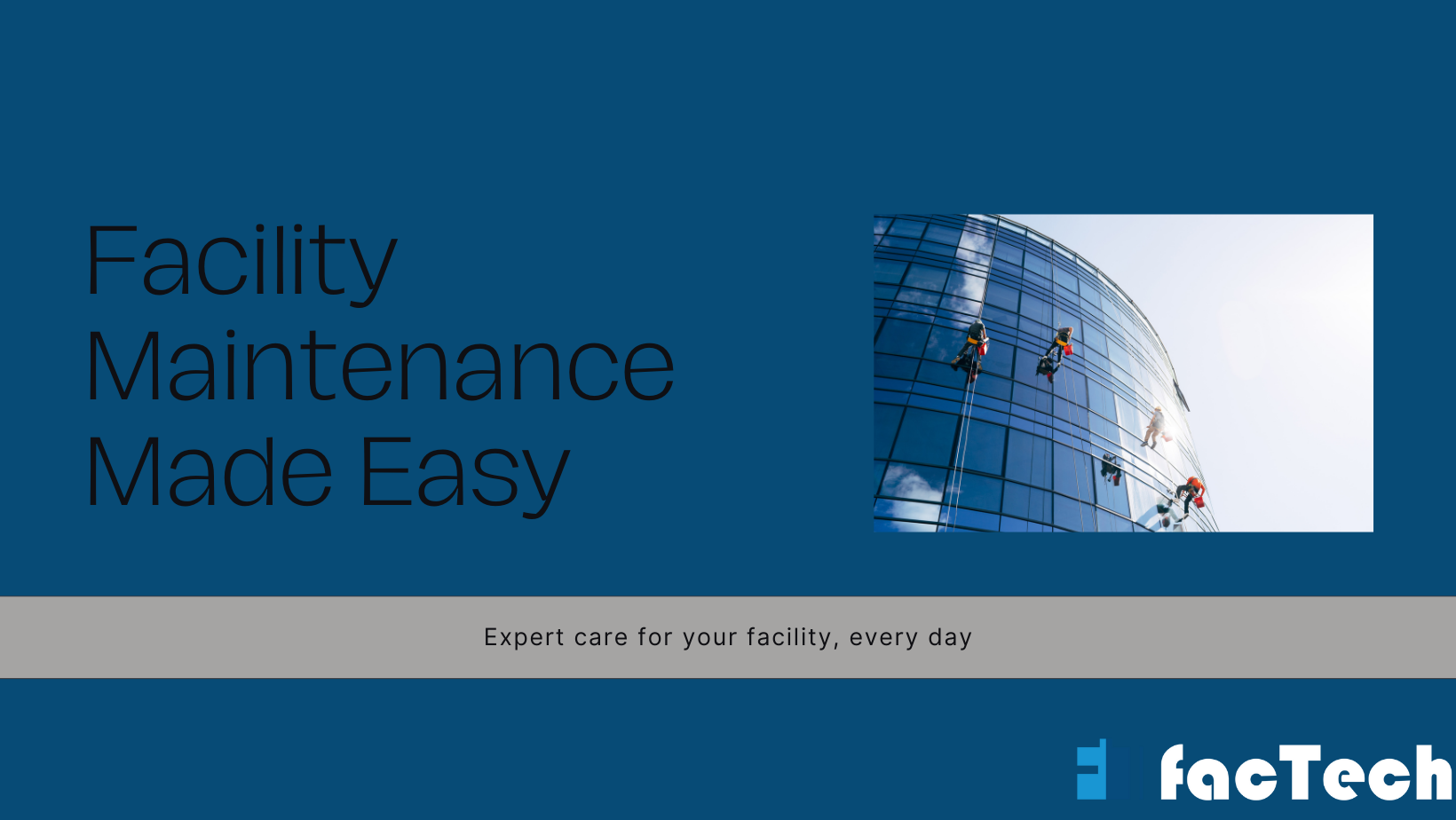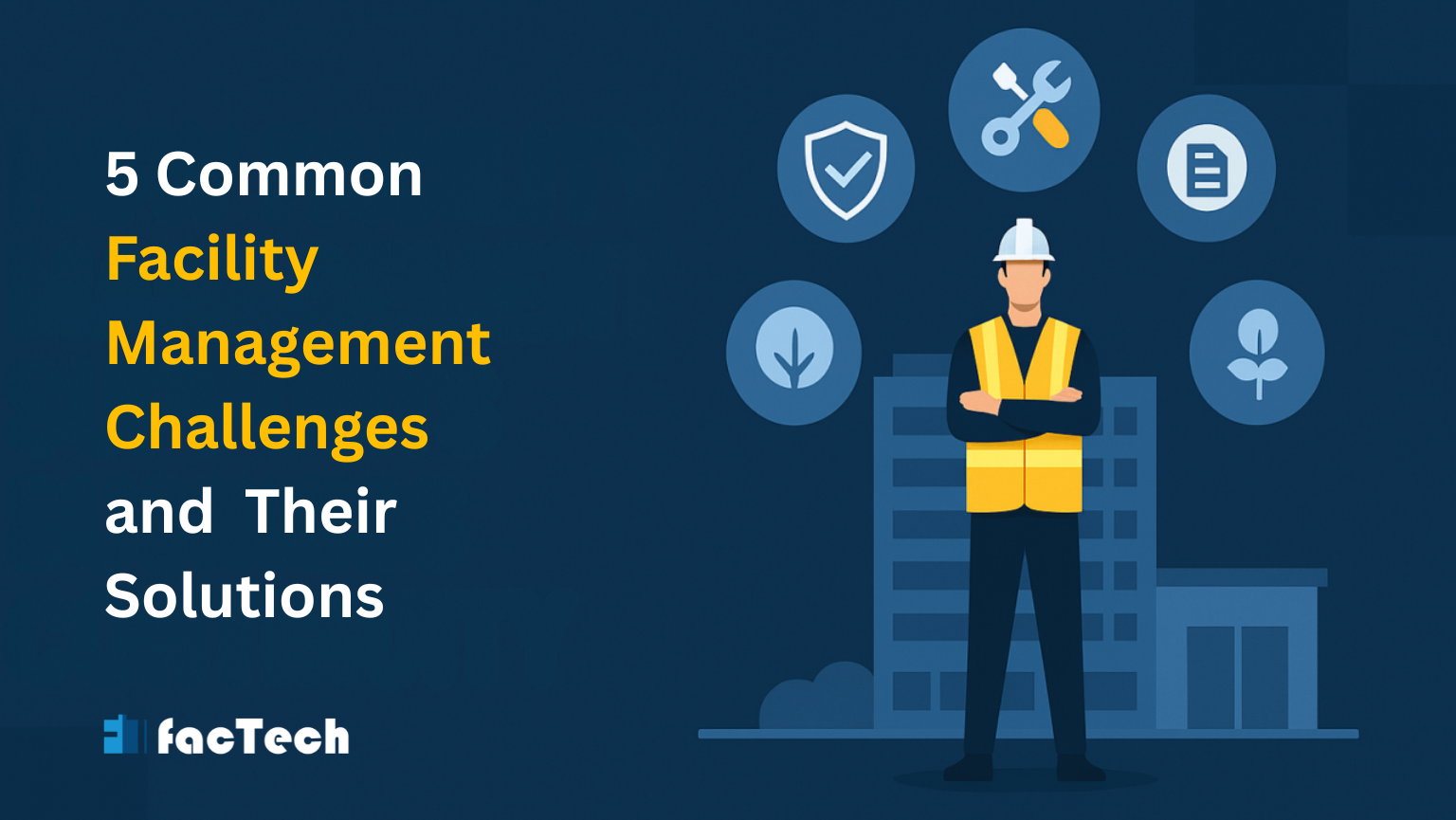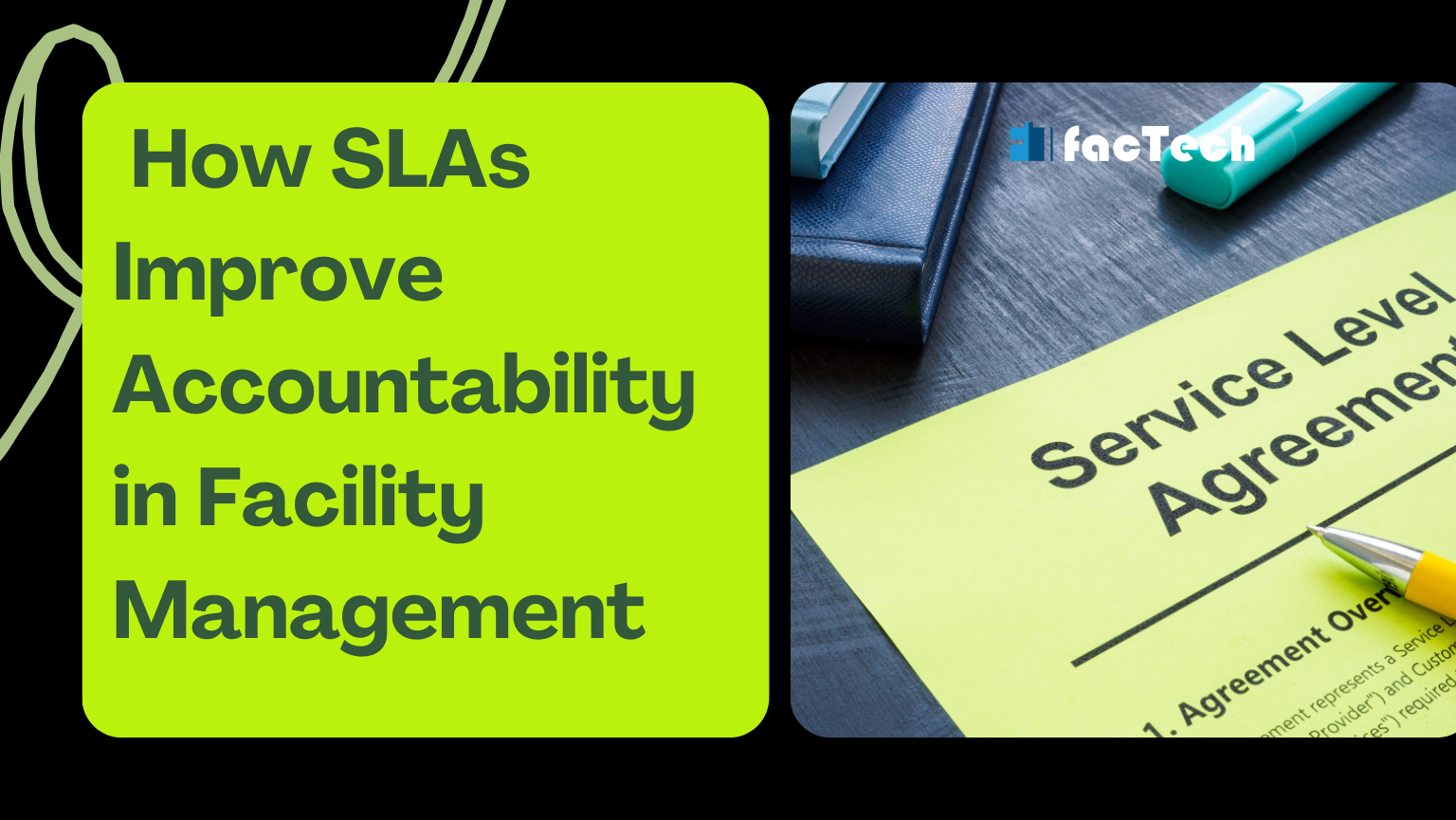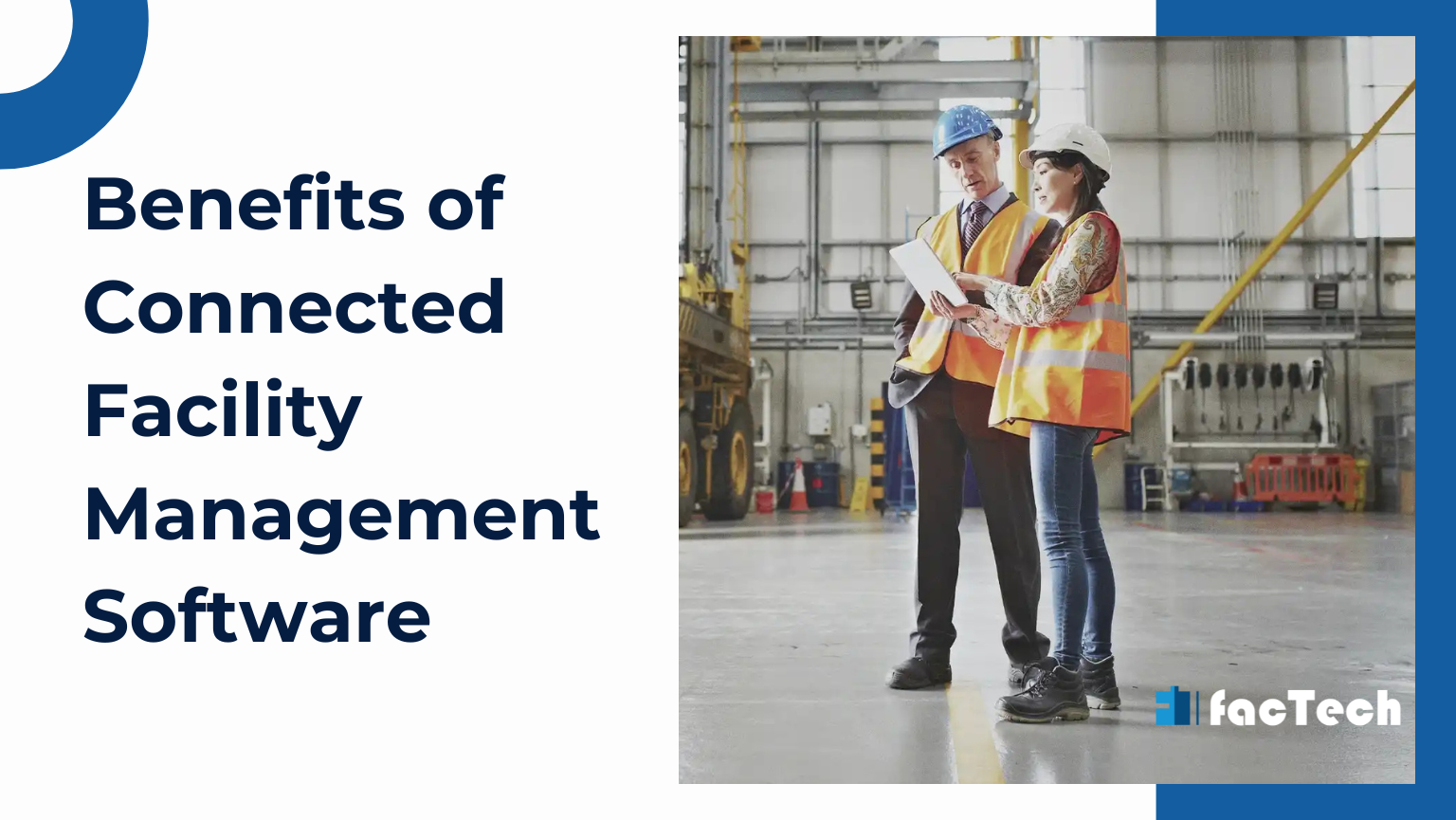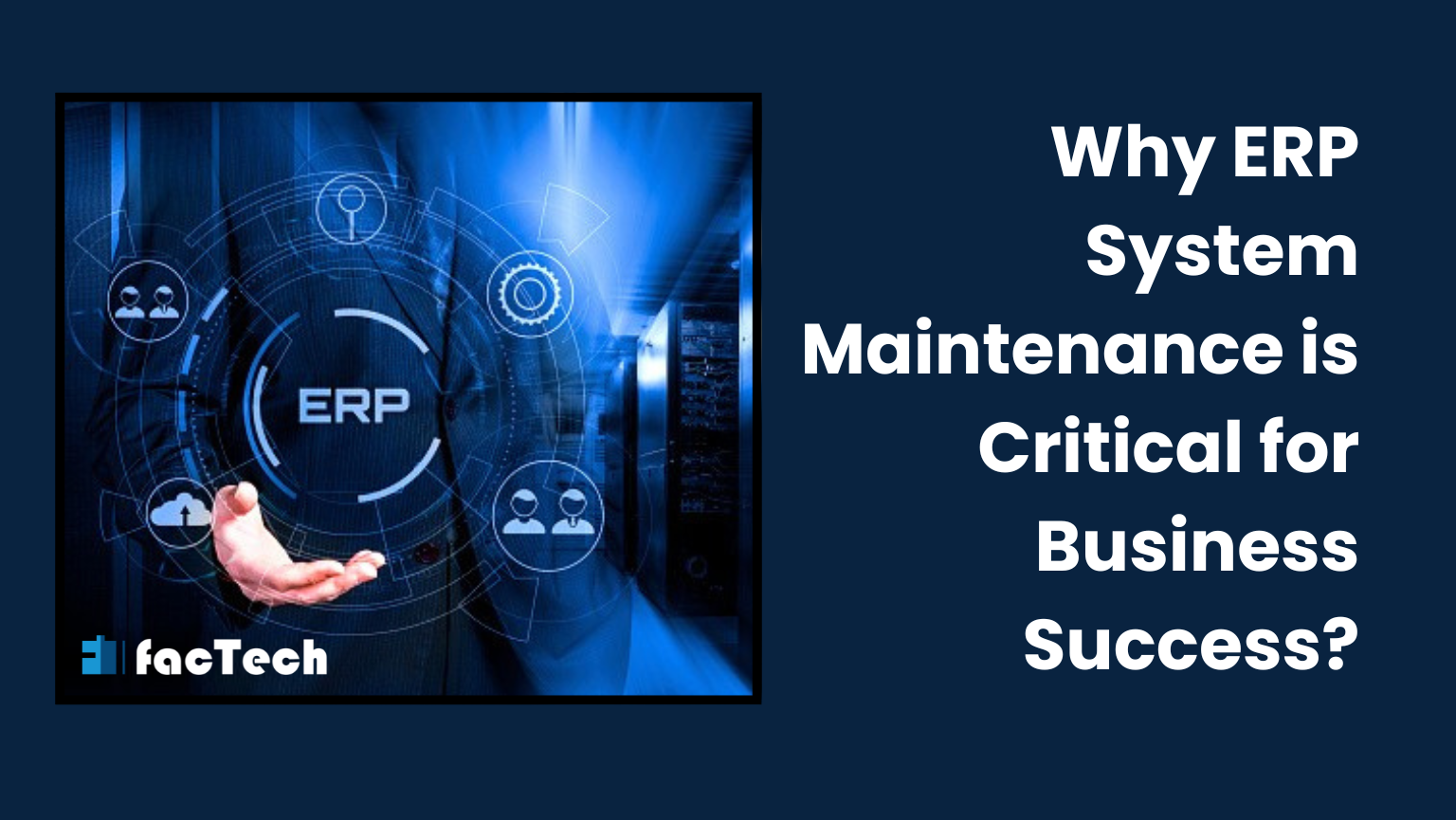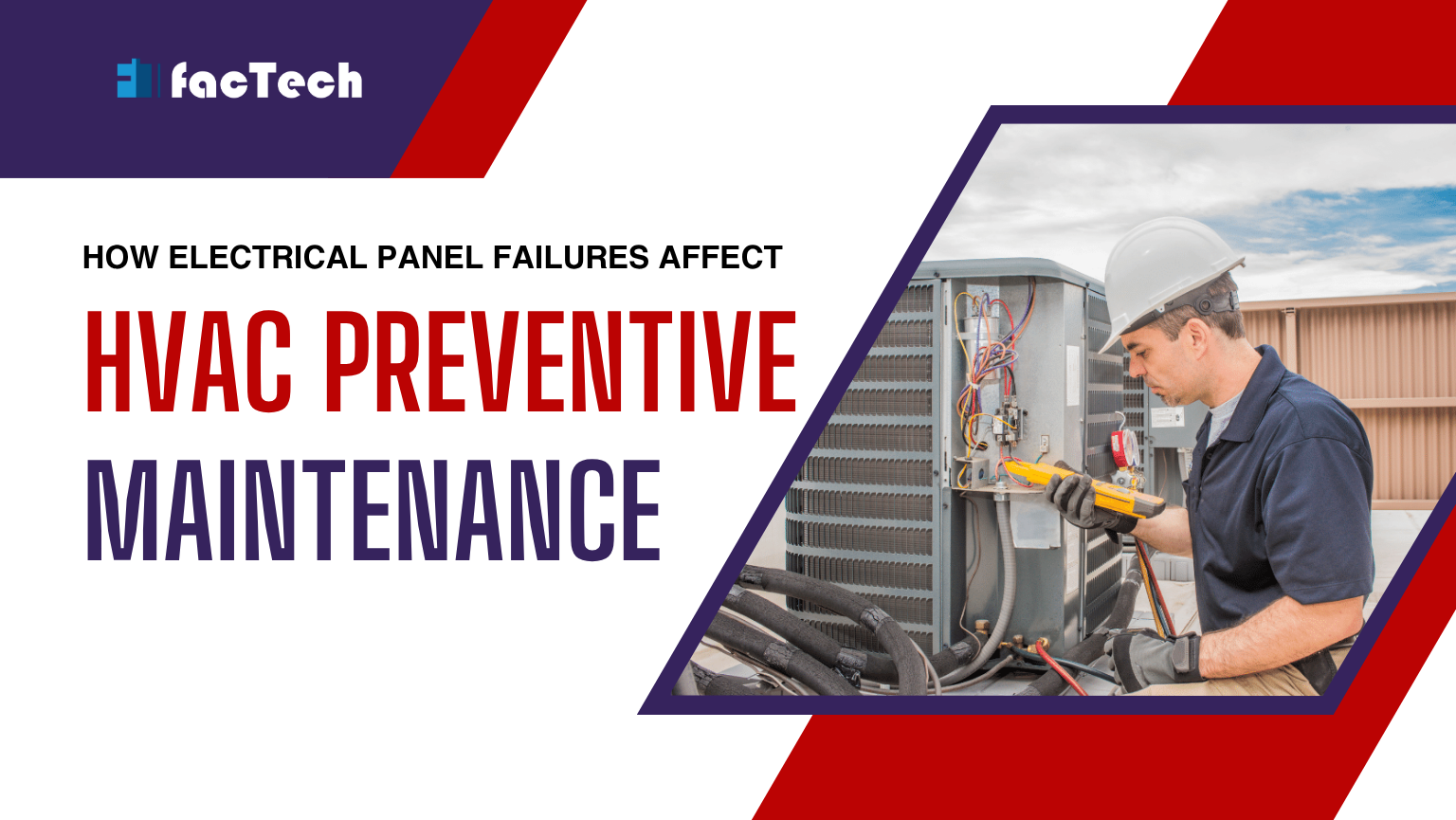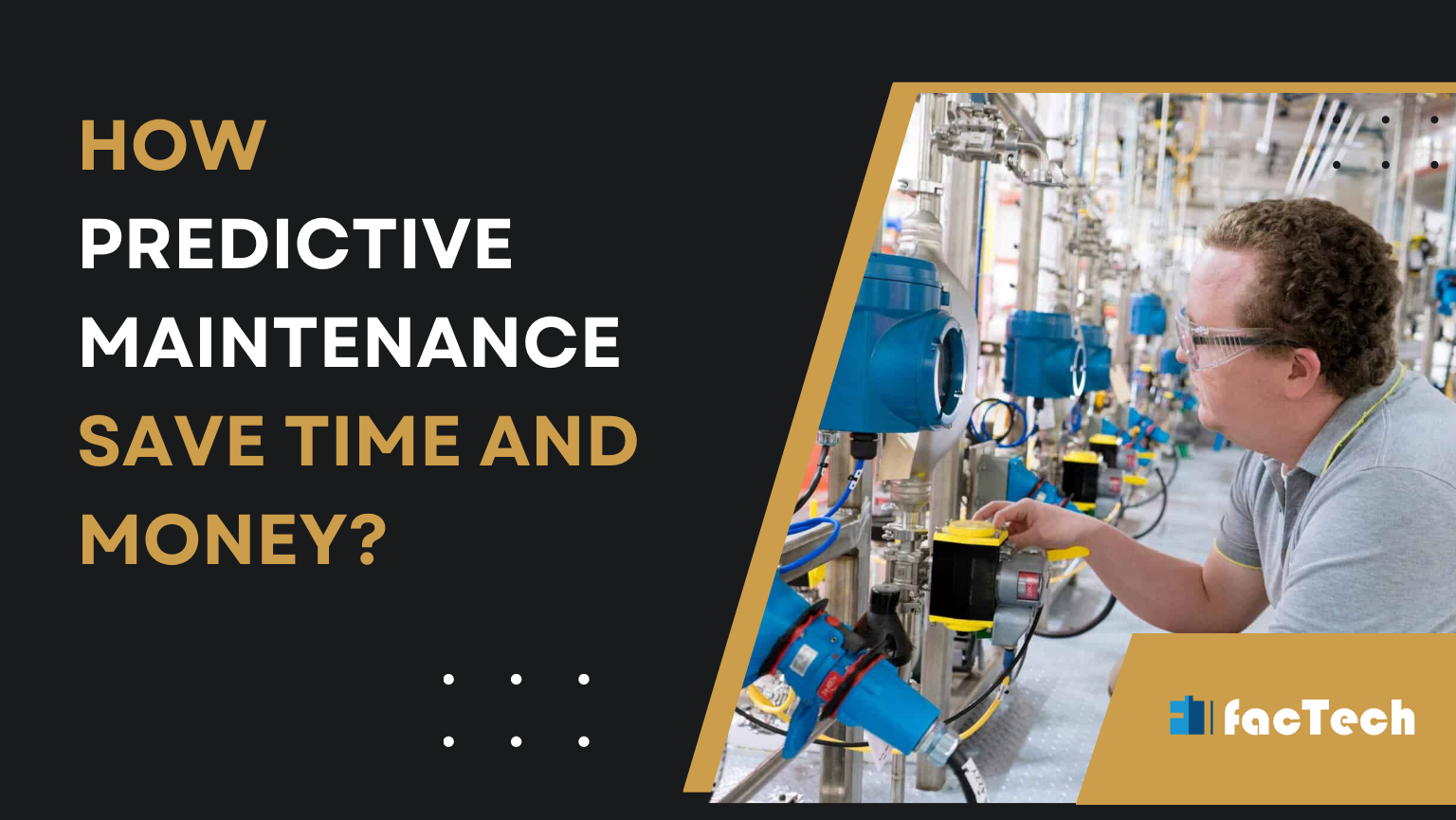Facility Maintenance Solutions
Facility Maintenance Solutions
Despite being sometimes disregarded, facility upkeep is an essential part of any profitable company operation. A well-kept facility safeguards your assets, increases production, and guarantees staff safety. This post examines the value of facility maintenance and looks at some ways to streamline your maintenance procedures.
The Value of Upkeep of Facilities
Maintaining a facility well has many advantages, such as:
Longer asset lifespan: Preventing premature equipment breakdown with routine maintenance saves replacement costs.
Enhanced worker safety: A secure workplace raises spirits and lowers the chance of mishaps.
Increased productivity: A clean, well-maintained workspace keeps interruptions to a minimum and allows workers to concentrate on their work.
Lower energy use: HVAC systems and other equipment can save a lot of energy when they are maintained on a regular basis.
Regulation adherence: It is crucial to follow safety and environmental laws, and good maintenance makes this possible.
Solutions for Facility Maintenance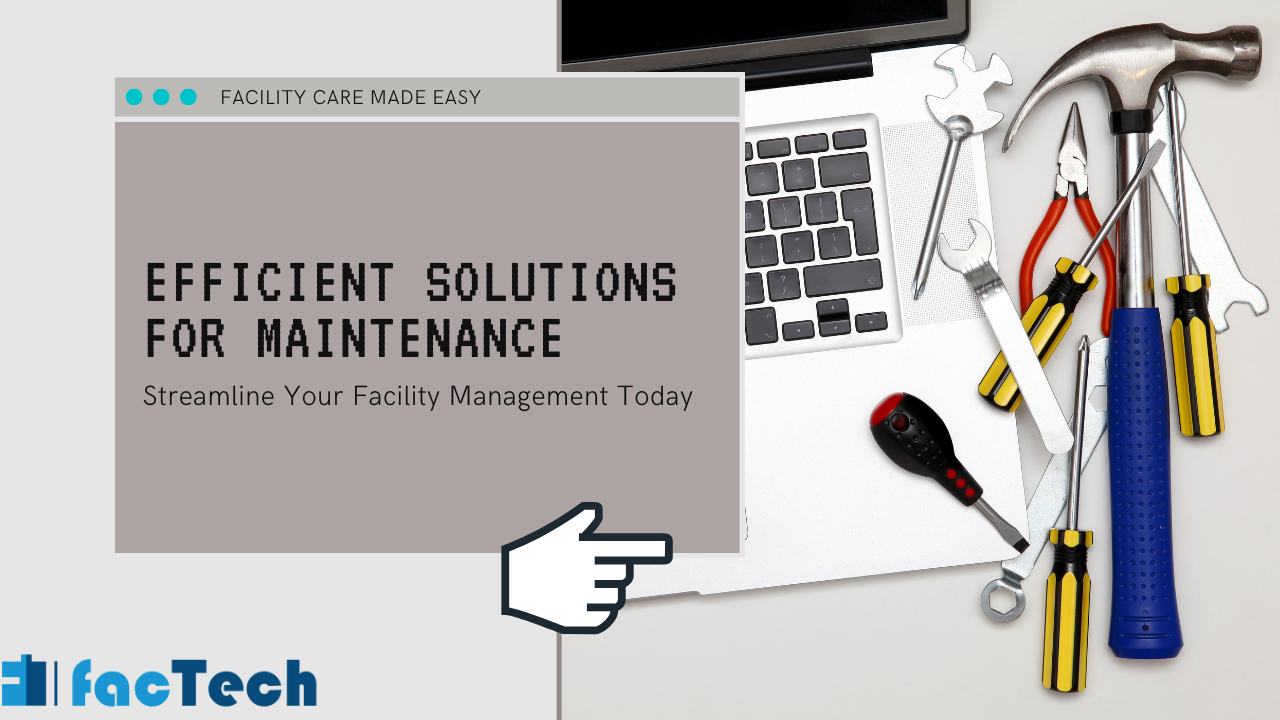
Your facility maintenance operations can be optimized by utilizing various tactics and technology, such as:
1. Preventive Maintenance
To avoid malfunctions, this proactive approach calls for routine equipment maintenance and inspections. It aids in cost optimization, downtime reduction, and asset life extension.
The cornerstone of effective and economical facility management is preventive maintenance. Proactive scheduling of inspections, repairs, and replacements is necessary to avoid equipment failures and increase asset longevity. Organizations can drastically cut downtime, increase operational effectiveness, and improve overall facility performance by taking a proactive approach.
Gaining Knowledge of Preventive Maintenance
Reactive repairs are only one aspect of preventive maintenance or PM. It’s a calculated tactic that emphasizes seeing possible problems before they become expensive malfunctions. A thorough PM program must include regular inspections, cleaning, lubrication, and part replacements.
Advantages of Maintenance in Advance
Putting in place a strong preventative maintenance program has several benefits.
Longer Equipment Lifespan: By extending asset lifespans, preventative maintenance lowers the requirement for premature replacements.
Reduced Downtime: PM minimizes disruptions to operations and productivity by averting breakdowns.
Lower Maintenance Costs: Preventive maintenance usually costs less than emergency repairs.
Improved Safety: Well-maintained equipment is less likely to cause accidents or injuries.
Compliance Adherence: Many companies have regulatory obligations for equipment maintenance.
Optimized Energy Efficiency: Regular inspections and modifications can boost energy performance. PM contributes to compliance.
Essential Elements of an Effective Preventive Maintenance Scheme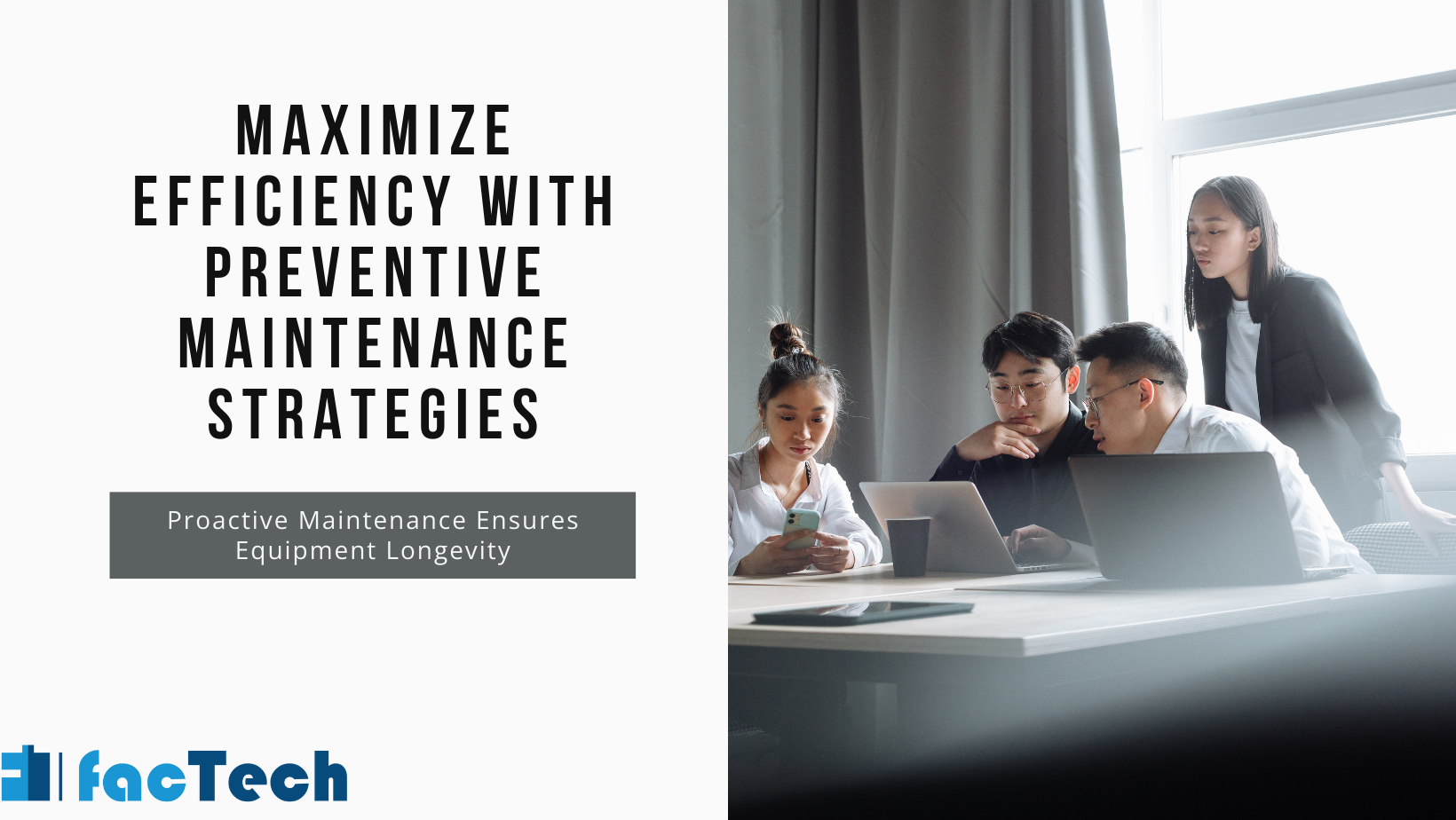
1. Comprehensive Asset Management: Keep a thorough inventory of every asset in the facility, including information on its age, state, and maintenance history.
2. Personalized Maintenance Plans: Create maintenance plans that are specific to the kind of equipment, how it is used, and what the manufacturer recommends.
3. Work Order Management: Put in place a system that makes it easy to create, allocate, and monitor work orders.
4. Inventory Control: To reduce downtime, make sure there are enough spare parts and supplies on hand.
5. Performance Metrics: Monitor key performance indicators (KPIs) to assess the PM program’s efficacy.
6. Training and Development: Give maintenance employees the know-how and abilities they need.
Innovative Preventive Maintenance Approaches
Technology is essential for improving preventative maintenance practices:
Computerized Maintenance Management Systems (CMMS): Work order management, inventory control, and maintenance scheduling are made easier by these software programs.
Predictive Maintenance: Predictive maintenance can foresee equipment faults before they happen by evaluating data from the equipment.
Remote Monitoring: Allows for remote diagnostics and troubleshooting.
IoT Sensors: Real-time equipment condition monitoring offers early warning indications of potential difficulties.
2. Predictive Maintenance
Predictive maintenance finds possible equipment faults before they happen by employing sensors and data analytics. This minimizes interruptions by enabling planned maintenance.
3. Maintenance Management Systems on Computers (CMMS)
Maintenance task management, equipment history tracking, and report generation are all aided by CMMS software. In addition, it offers insightful information and simplifies processes.
Effective and efficient facility maintenance is essential in today’s fast-paced environment to guarantee peak performance and reduce downtime. Conventional manual techniques can be laborious, prone to mistakes, and devoid of the information too that is required to make wise choices. A comprehensive digital solution to optimize asset management, expedite maintenance procedures, and improve overall facility performance is provided by computerized maintenance management systems or CMMS.
Read More: Why CMMS?
Advantages of Computerized Maintenance Management System
Centralized Database:
All maintenance-related data, such as asset information, work orders, preventive maintenance schedules, and historical records, can be found in one place thanks to CMMS. This guarantees simple access to vital data and does away with the necessity for manual tracking.
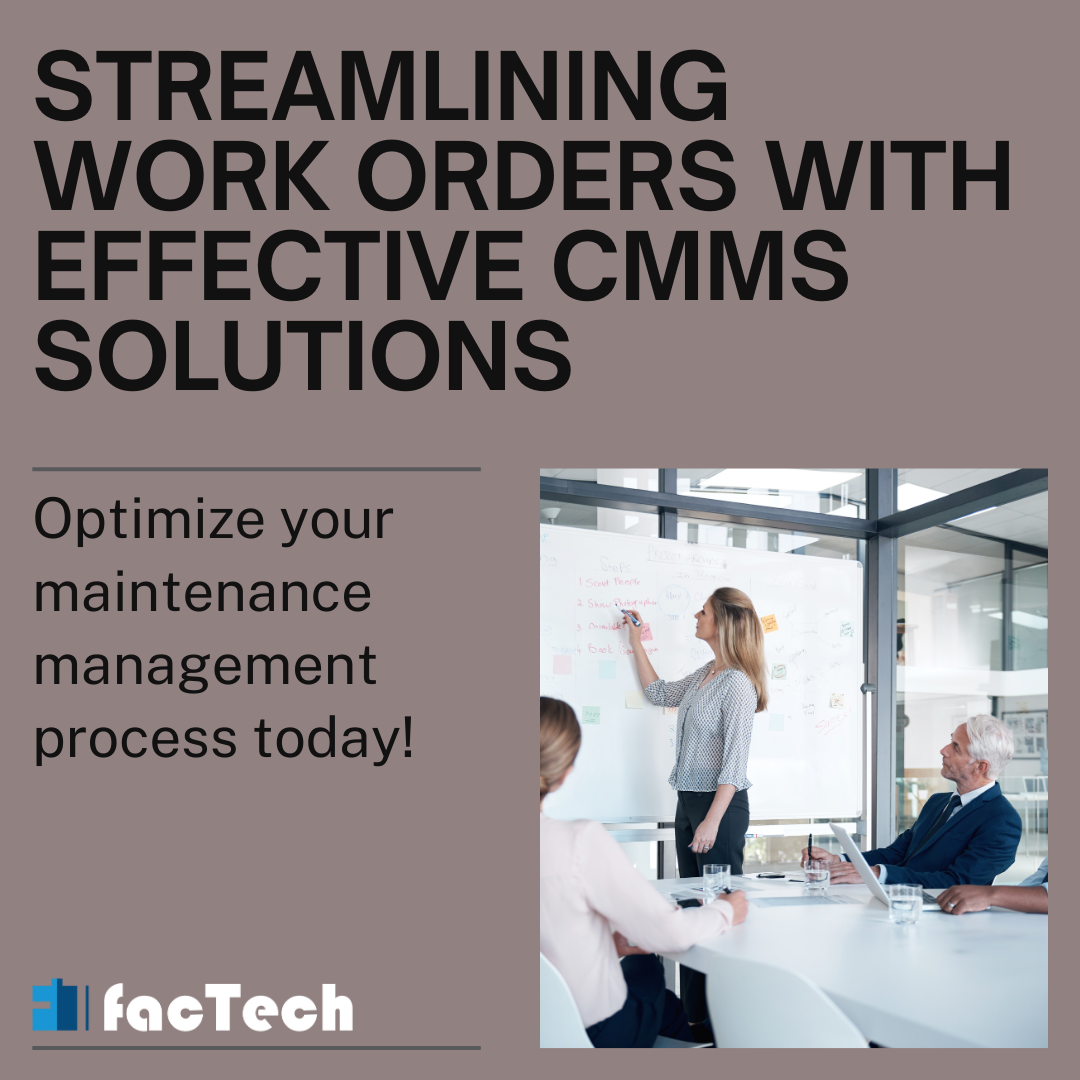
Work Order Management:
By automating work order scheduling, assignment, and tracking, CMMS optimizes the work order process. It also makes it possible for maintenance crews and other departments to communicate effectively, guaranteeing that jobs are completed on time.
Preventive Maintenance:
By using CMMS, businesses can create proactive maintenance plans that are dependent on the usage and condition of their equipment. Through the early detection of possible issues, CMMS helps avert malfunctions, minimize downtime, and prolong the life of assets.
Read more:
Inventory Management:
To track consumables and replacement parts, CMMS interfaces with inventory management systems. This decreases downtime from stockouts by ensuring that critical resources are available when needed.
Analytics and Reporting:
CMMS produces thorough reports that offer insightful information on the effectiveness of maintenance, the dependability of equipment, and cost-efficiency. Making data-driven decisions and identifying areas for improvement are all possible with this data. Maintenance procedures may also be optimized.
Mobile Access:
A lot of CMMS systems come with mobile apps that let maintenance teams see and edit data on the go. This increases productivity, cuts down on paperwork, and guarantees that everyone involved is in agreement.
4. Contracting Out Facilities Administration
Think about hiring professional companies to handle maintenance duties. This can make use of specialized expertise and free up internal resources.
5. Measures of Energy Efficiency
Reducing expenses and environmental effect can be achieved by implementing energy-efficient measures, such as modernizing HVAC and lighting systems.
6. Continual Exams
Regular inspections of building systems, apparatus, and safety measures aid in the early detection of possible problems.
7. Staff Training Effective operations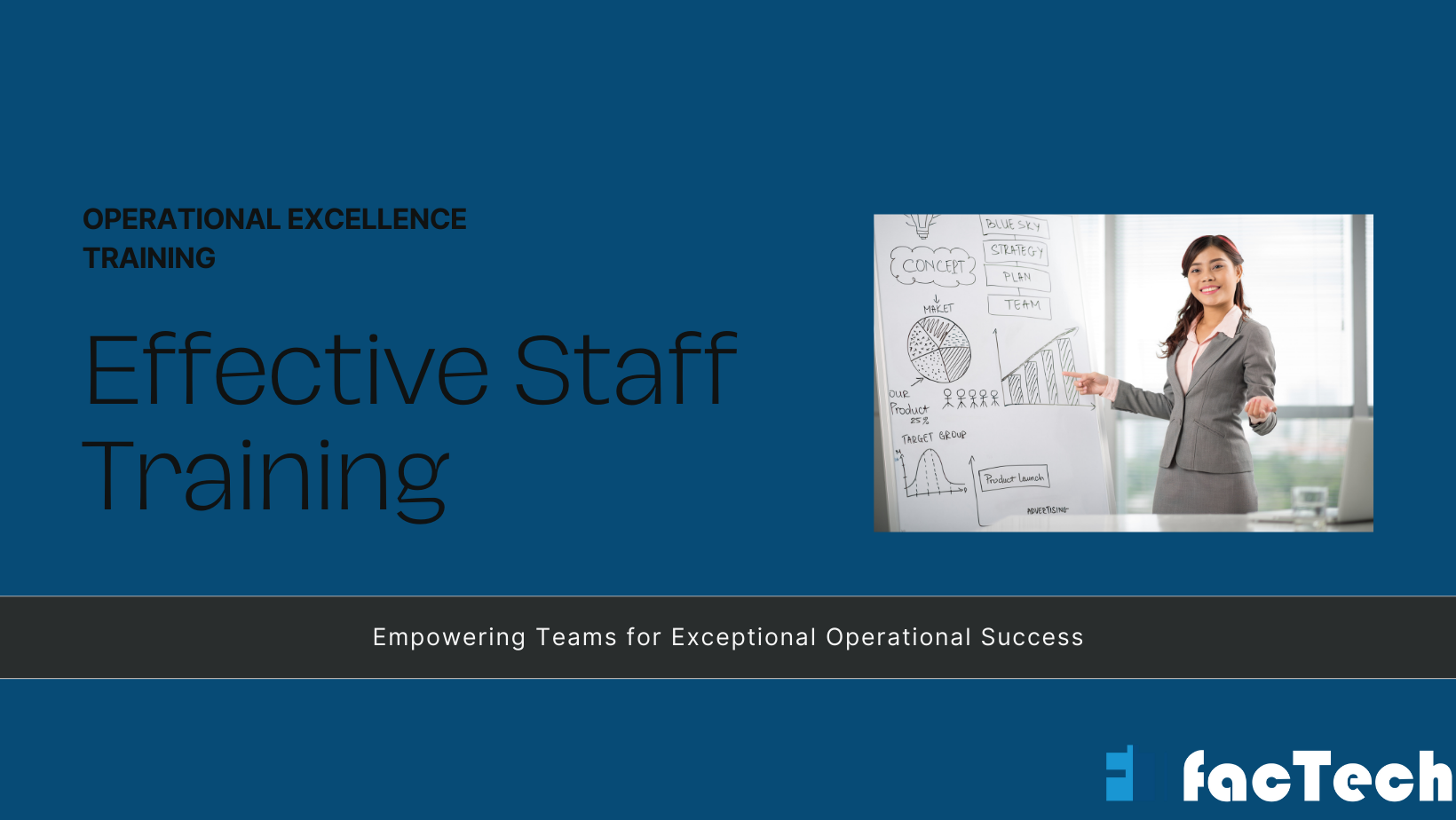
It depends on having maintenance personnel that are well-trained. Continually instruct employees on safety protocols, new equipment, and optimal maintenance techniques.
Keeping a facility safe, comfortable, and conducive to productivity requires effective facility maintenance. The training and development of facility maintenance workers is the cornerstone of successful maintenance, even though technology and cutting-edge tools play an important role.
The Significance of Employee Education
Enhanced Productivity and Efficiency: Skilled employees may do jobs more rapidly and precisely, which decreases downtime and boosts output overall.
Safety and Compliance: Appropriate training guarantees that employees can follow procedures to avoid mishaps and injuries, and that they are aware of safety laws.
Cost Savings: Well-trained employees can gradually lower maintenance expenses by preventing equipment breakdowns and limiting downtime.
Important Things to Keep in Mind for Facility Maintenance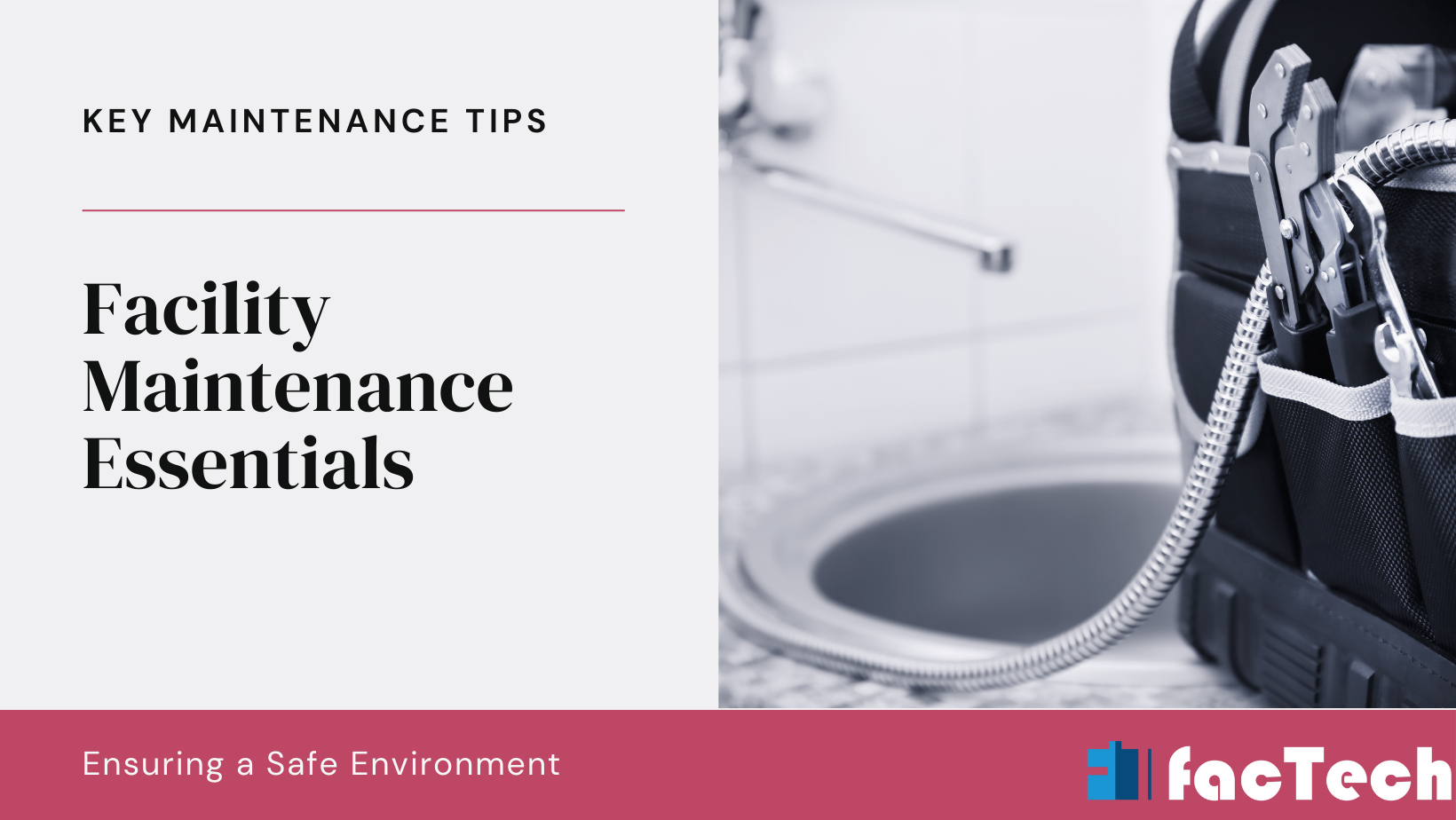
Cost-benefit analysis: Compare the possible expenses of equipment failure or downtime with the cost of maintenance.
Metrics of performance: Monitor your key performance indicators (KPIs) to assess how well your maintenance program is working.
Sustainability: Make sure your maintenance plan includes eco-friendly procedures.
Implementing a thorough facility maintenance program can greatly enhance your operations’ overall performance, safety, and efficiency.
FAQs
Q-1: Is it wise to contract out facility upkeep?
A: For companies without the internal know-how or resources to manage facility maintenance efficiently, outsourcing can be a suitable choice. It can guarantee regulatory compliance, cut expenses, and increase efficiency.
Q-2: What aspects need to be taken into account when selecting a facility maintenance provider?
A: When choosing a supplier, take into account: Knowledge and proficiency: Seek out a supplier who has a solid track record in the field.
Services provided: Make sure the supplier provides the particular services you require.
Testimonials and references: Request recommendations from prior customers.
Cost and conditions of the contract: In addition , to prevent surprises, carefully go over the contract terms and pricing structure.
Q-3: How can I make sure that my relationship with a facility maintenance provider is fruitful?
A: successful relationship necessitates clear expectations, effective communication, and frequent evaluations.
Q-4: How can I make my facilities more energy-efficient?
A: You may cut energy expenses and usage by implementing energy-efficient HVAC, lighting, and furthermore building automation technologies.
Q-5: What are some typical problems with facility maintenance?
A: Budgetary restrictions, a lack of employees, antiquated equipment, and regulatory compliance are typical obstacles.
Q-5: How do I rank the duties involved in facility maintenance?
A: Sort jobs into priority lists according to their importance, likelihood of failure, and affordability.
